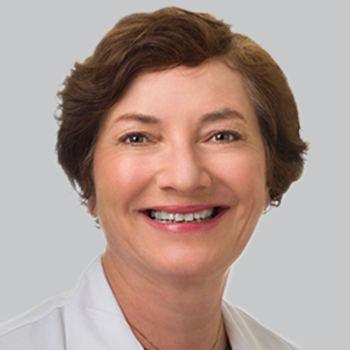
Path to Prevention is a platform, phase 2 trial that will investigate the safety and efficacy of investigational interventions in patients neuronal α-synuclein disease stage 2B.

Path to Prevention is a platform, phase 2 trial that will investigate the safety and efficacy of investigational interventions in patients neuronal α-synuclein disease stage 2B.

Findings from a new study presented at MDS 2024 suggest that variations in cholinergic denervation patterns may hold promise for differentiating Parkinson disease and progressive supranuclear palsy with parkinsonism.

Despite showing no differences vs placebo on the primary end point of gait parameters, TAK-071-treated patients demonstrated significant improvements in global cognition score.

The movement disorder specialist at Cambridge University Hospitals NHS Foundation Trust discussed the rise of wearable technology for managing Parkinson disease to potentially empower patients and monitor the disease at early stages. [WATCH TIME: 4 minutes]

The movement disorder specialist at Cambridge University Hospitals NHS Foundation Trust talked about a patient with treatment-resistant Parkinson disease who experienced significant improvement in motor symptoms after using a vibrational therapy. [WATCH TIME: 8 minutes]
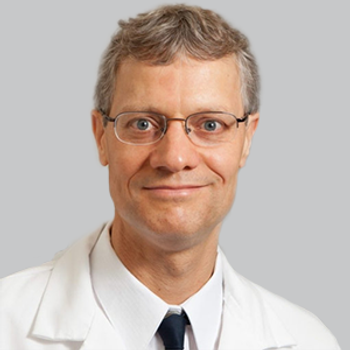
Nicolaas Bohnen, MD, PhD, professor of radiology and neurology at the University of Michigan, discussed the main takeaways from his keynote lecture on posture and gait in Parkinson disease presented at the 2023 MDS Congress.
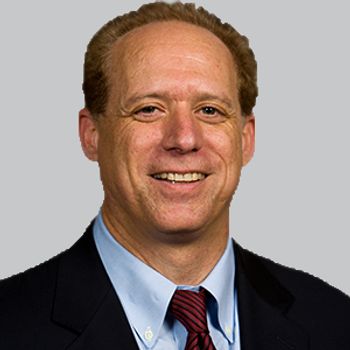
More than a 40% improvement in ON time without troublesome dyskinesia occurred as patients had their treatment titrated.

On average, clinician-rated TD severity, measured by AIMS, and patient-reported assessment of the physical, social and emotional impact of TD, measured by TDIS, decreased with one-capsule, once-daily valbenazine over 48 weeks.

When compared with levodopa-sparing agents, treatment levodopa alone resulted in significantly better patient-rated Parkinson’s Disease Questionnaire activities of daily living and summary index scores.

Parkinsonian syndromes, including multiple systems atrophy and progressive supranuclear palsy, have similar symptoms to Parkinson disease but are more distinct and each have corresponding therapies that are available for them.

Despite the challenge of distinguishing tics from extra movements, machine learning technology could potentially help researchers with reducing time spent analyzing video recordings of patients with tic disorders.

Swallowing difficulties, a major concern for patients with Parkinson disease, occurred rarely in the study, and were spontaneously resolved over time.

The distinguished investigator at the National Institutes of Health provided insight on the topic of globalizing Parkinson disease genetics, and how it may lead to potential disease-modifying therapies.

Previous neuroimaging studies in Parkinson disease suggest an altered interaction at a structural and functional level between cortical and subcortical areas of the brain that each contribute to gait dysfunction.
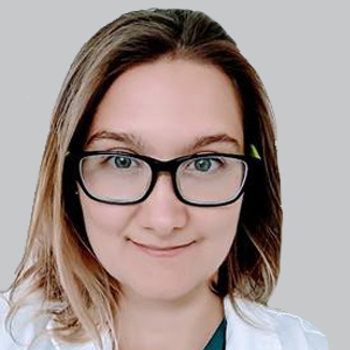
Patients treated with the probiotic saw benefits in non-motor symptoms such as sleep, fatigue, and gastrointestinal outcomes.

After a year of treatment, patients showed significant improvements in ON time without troublesome dyskinesia, with more apparent effects observed in the high-dose group.
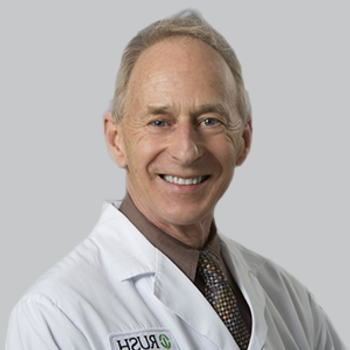
Lixisenatide, commonly used to treat type 2 diabetes, has the ability to cross the blood brain barrier and has shown neuroprotective properties in preclinical models of PD.

Danielle Kipnis, MA, of Columbia University, discussed the practice of yoga for people with functional neurological disorders from her research and recommendations for future studies in the field.
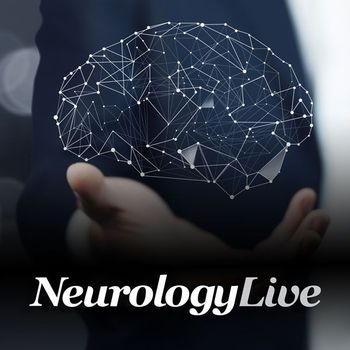
A study presented at the MDS Congress 2022 found an association between migraine and the incidence of Parkinson disease in the middle-aged and older population.

Results from a pooled analysis extend and support the safety and the tolerability of the use of incobotulinumtoxinA for the treatment of adults with neurological disorders.

One of the identified loci related to clinical progression in Parkinson disease expresses ADORA2A in the cerebellum, which encodes the adenosine A2A receptor, a promising target for therapeutics in PD.

The Parkinson disease agent showed a safe and tolerable profile, with significantly greater improvements in MDS-UPDRS-III scores and OFF time per day.

Danielle Kipnis, MA, of Columbia University, discussed key components of a yoga program for individuals with functional neurological disorder and from the evaluation, found it feasibility as an intervention.
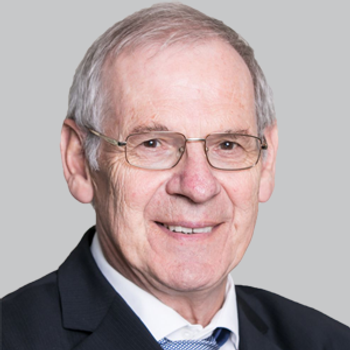
Over a 2-year period, patients demonstrated improvements in Parkinson’s Disease Questionnaire scores, along with a 35% improvement in MDS-UPDRS-III scores.

The expert medical director at Roche provided detail on results from the phase 2 PASADENA study presented at the 2021 MDS Virtual Congress. [WATCH TIME: 3 minutes]
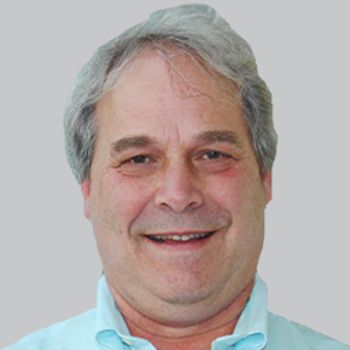
David R. Lynch, MD, PhD, professor of neurology, University of Pennsylvania Perelman School of Medicine, discussed why omaveloxolone’s recent success speaks to the progress made within the FA treatment space.

When used for at least 30 days, it was reported that patients with essential tremor reported improvement in tremor power following 54% of sessions.

The professor of neurology at the University of Pennsylvania Perelman School of Medicine discussed the state of care for Friedrich ataxia and omaveloxolone’s potential to become its first approved therapy.

Following her presentation at MDS 2021, the PhD candidate in epidemiology at Erasmus University Medical Center discussed highlights from this year’s virtual congress. [WATCH TIME: 2 minutes]

The professor of neurology at the University of Pennsylvania Perelman School of Medicine discussed whether omaveloxolone’s therapeutic benefit is enough for it to become the first approved therapy for Friedrich ataxia. [WATCH TIME: 2 minutes]